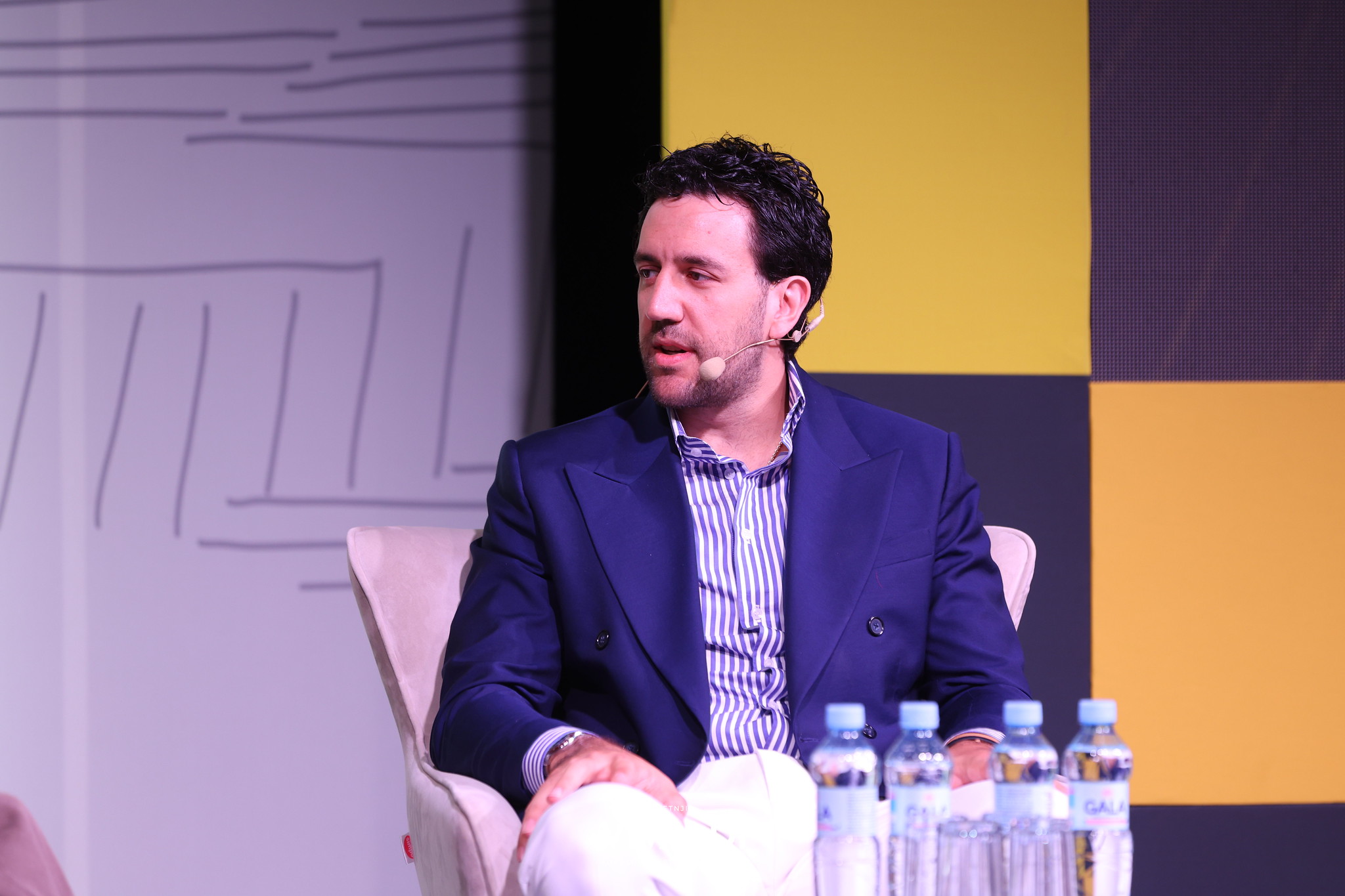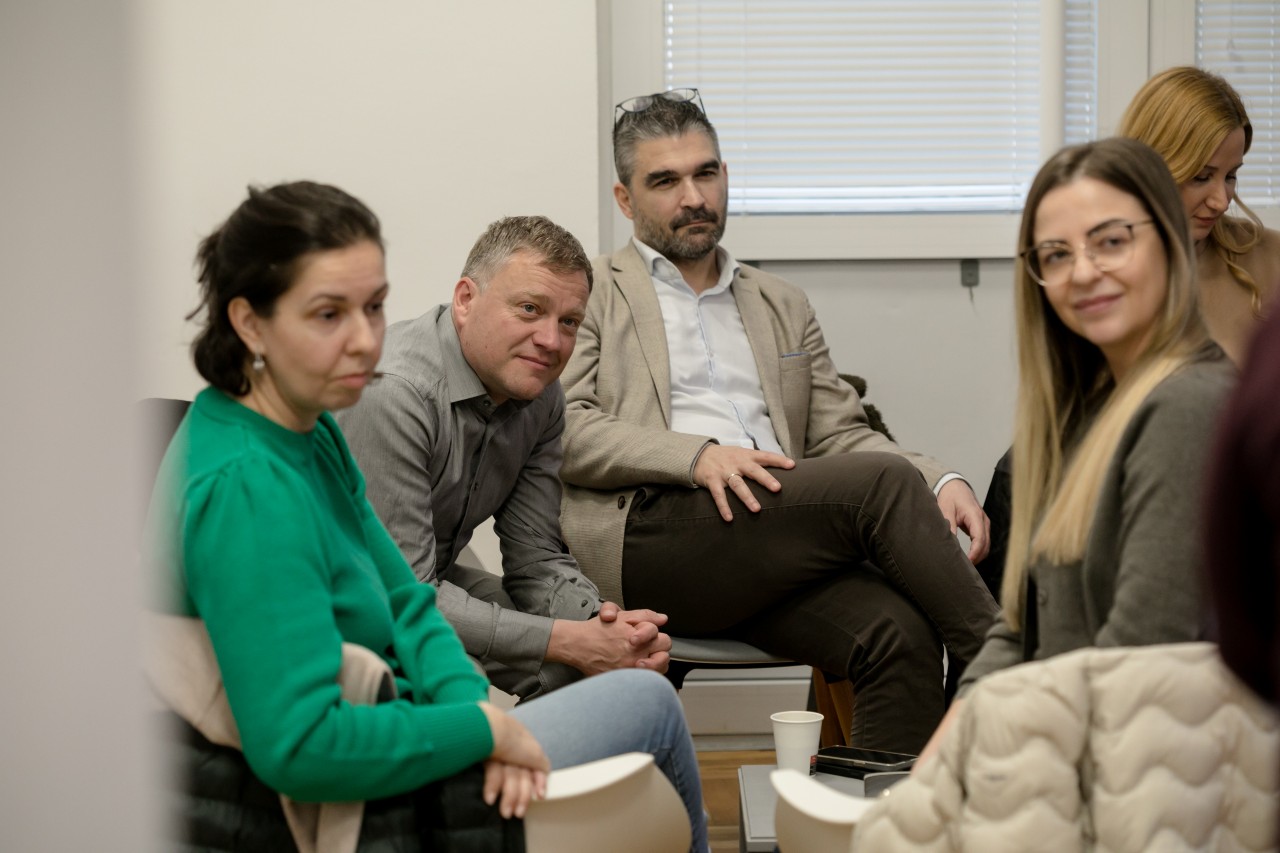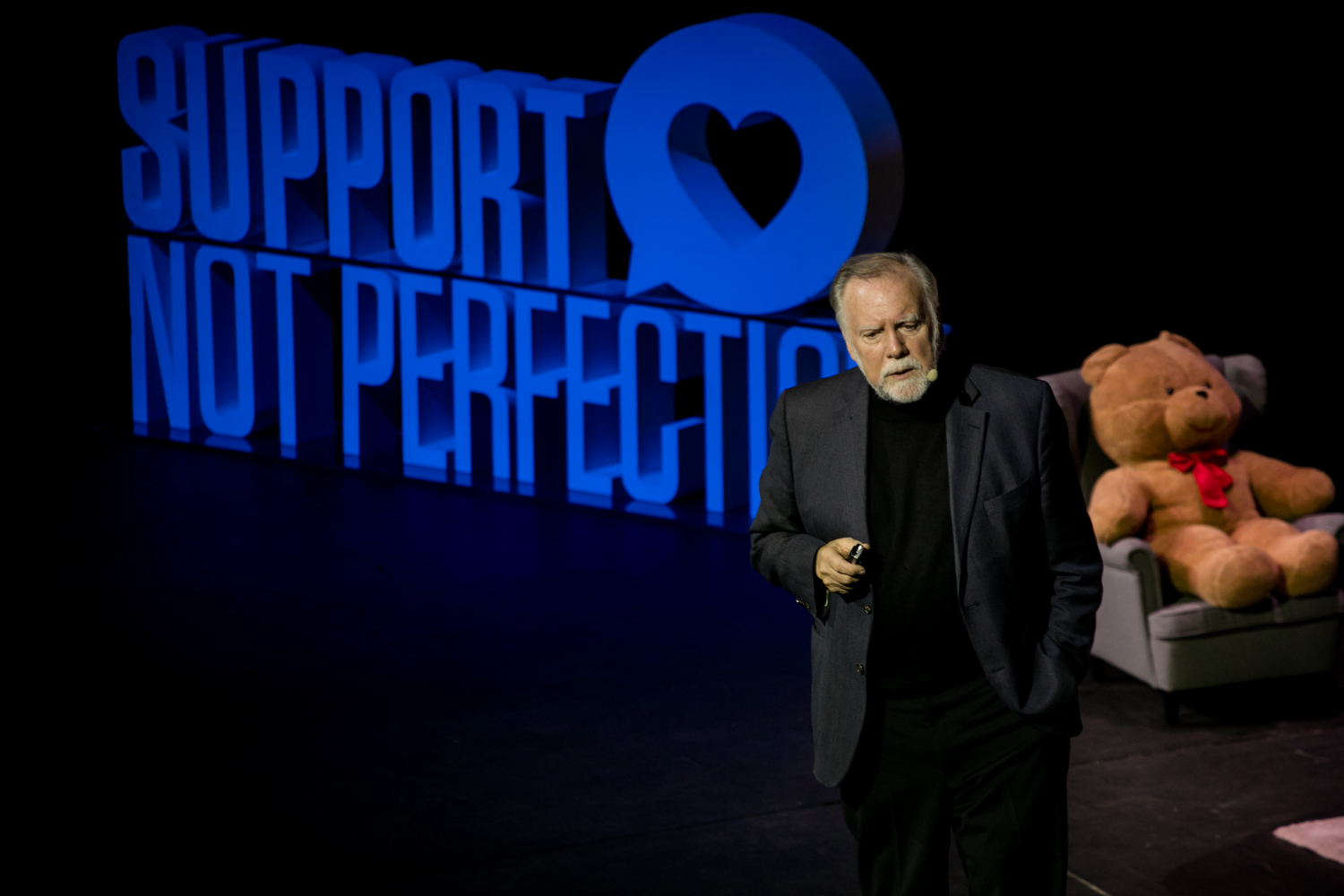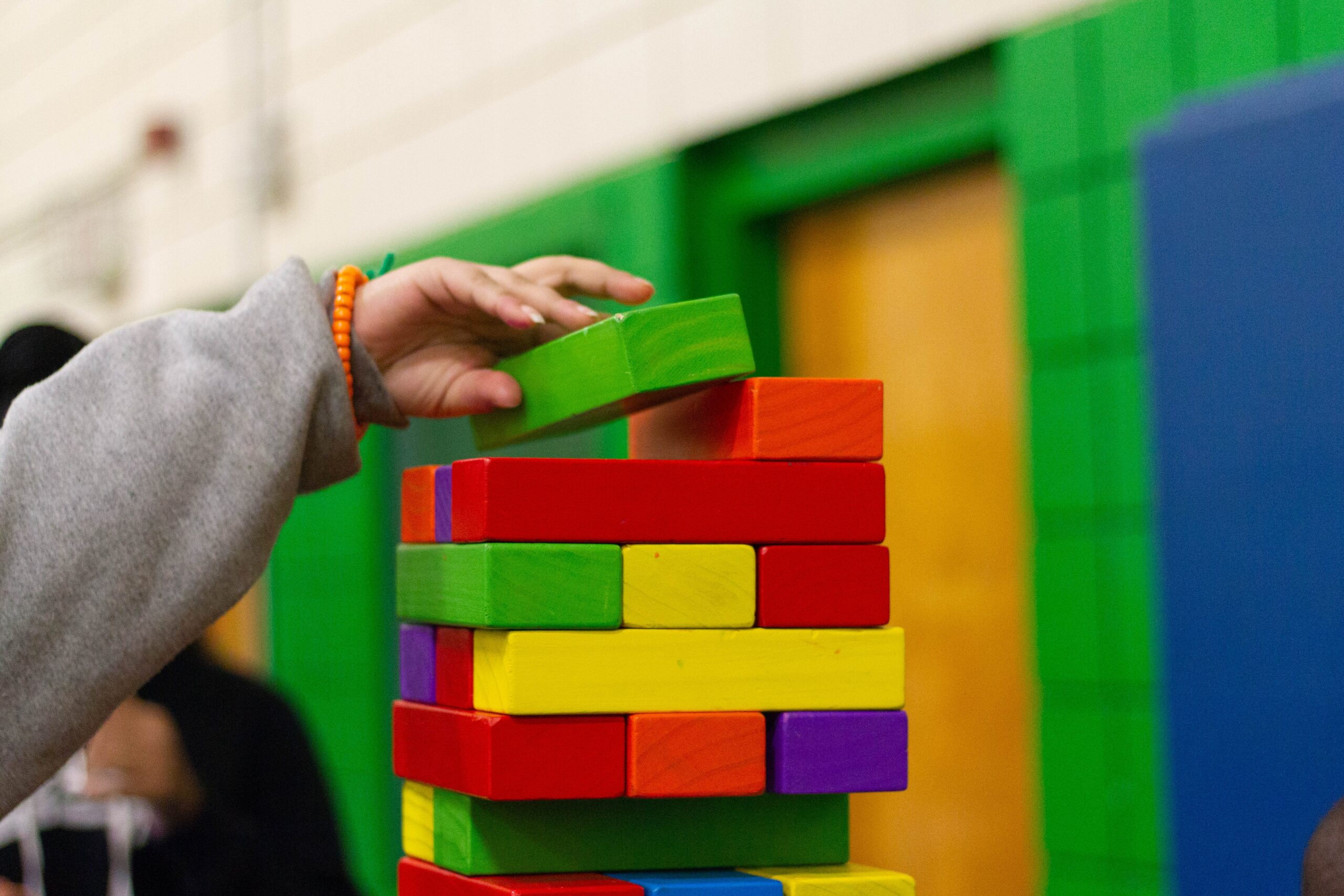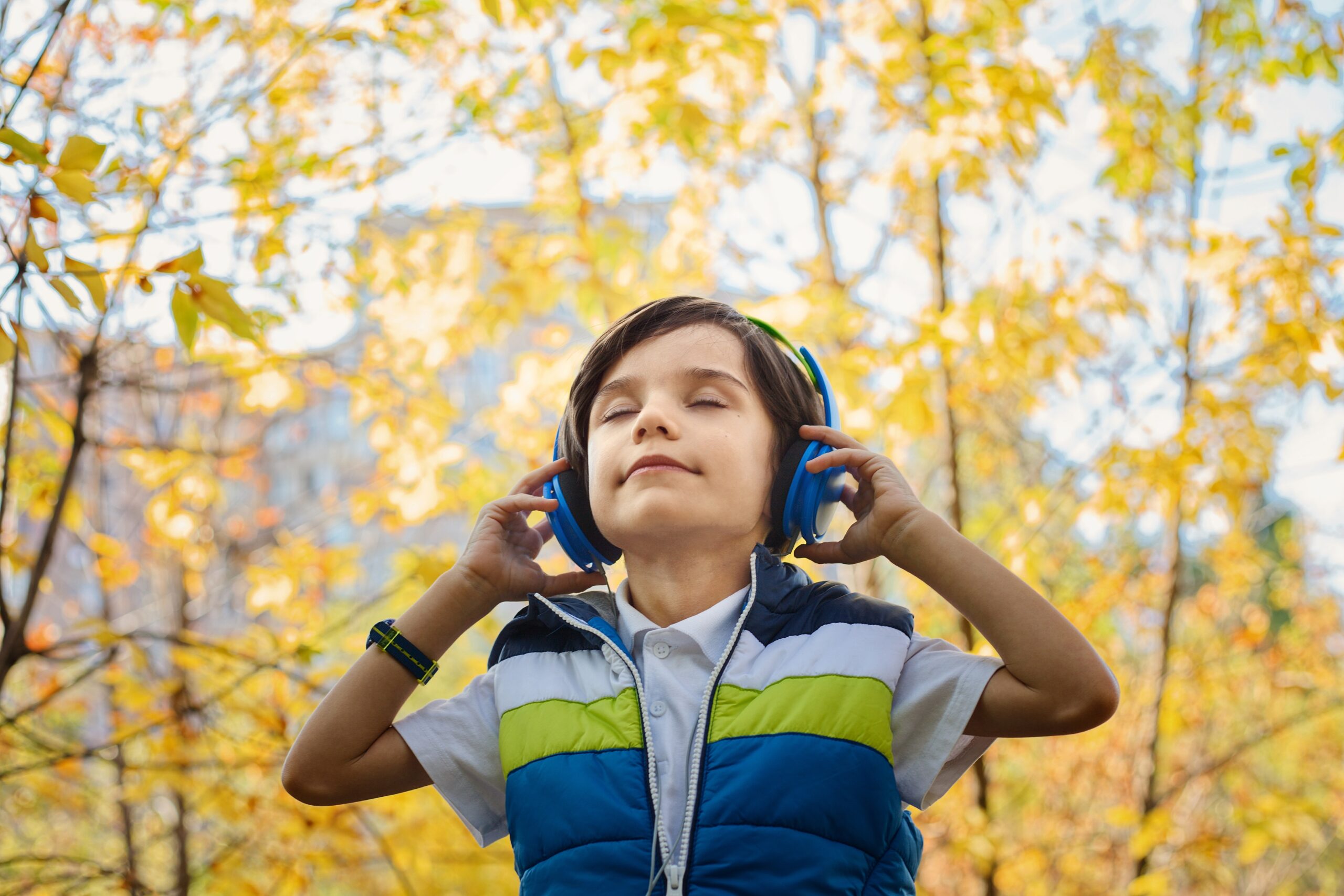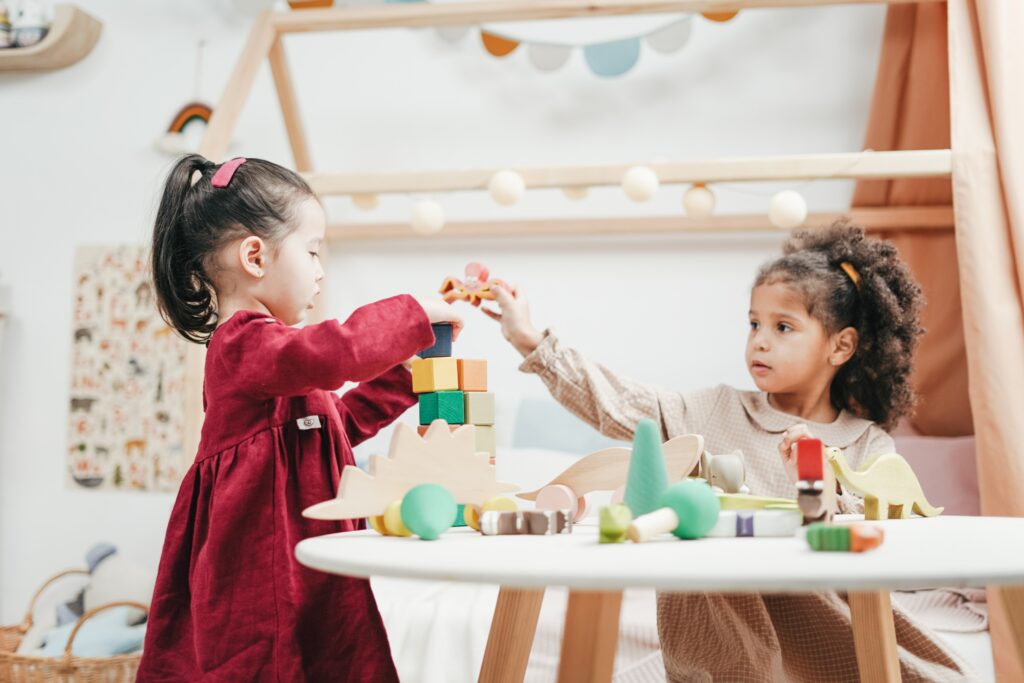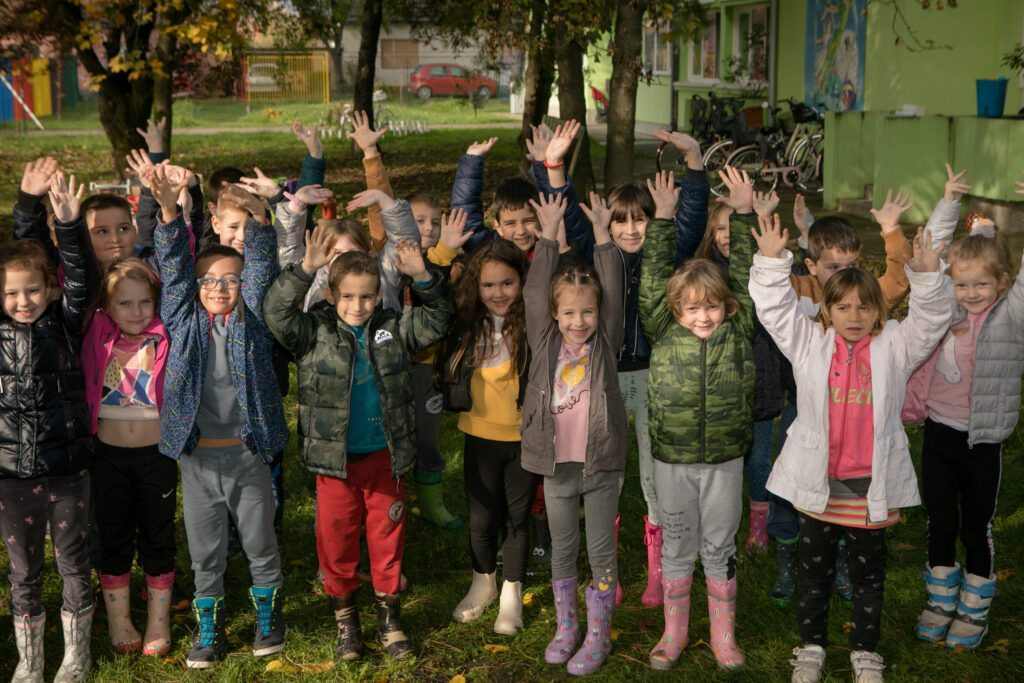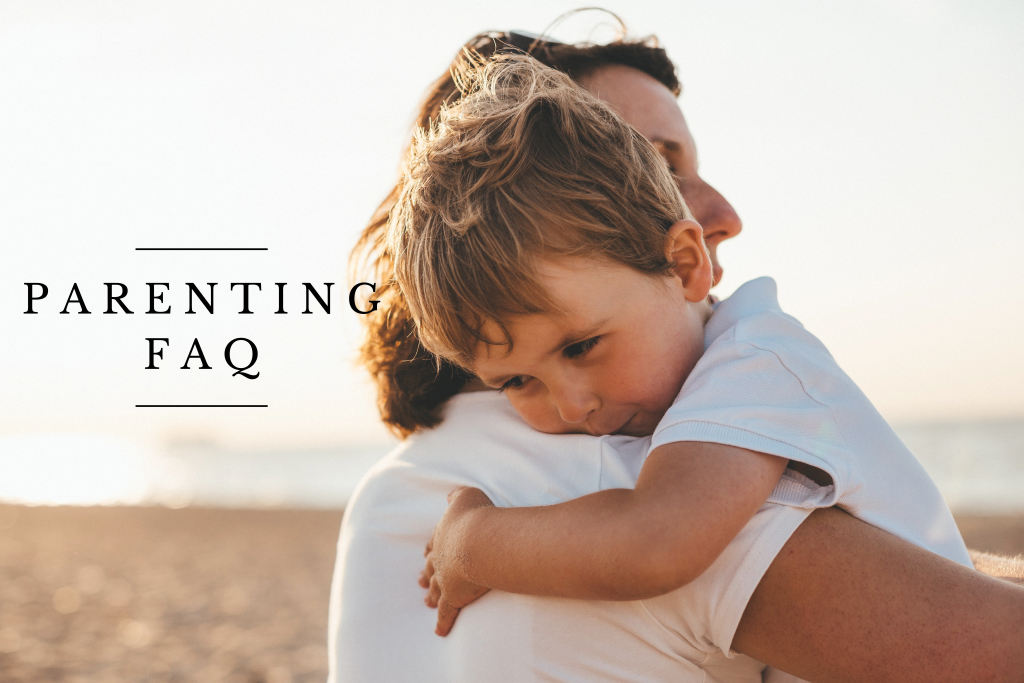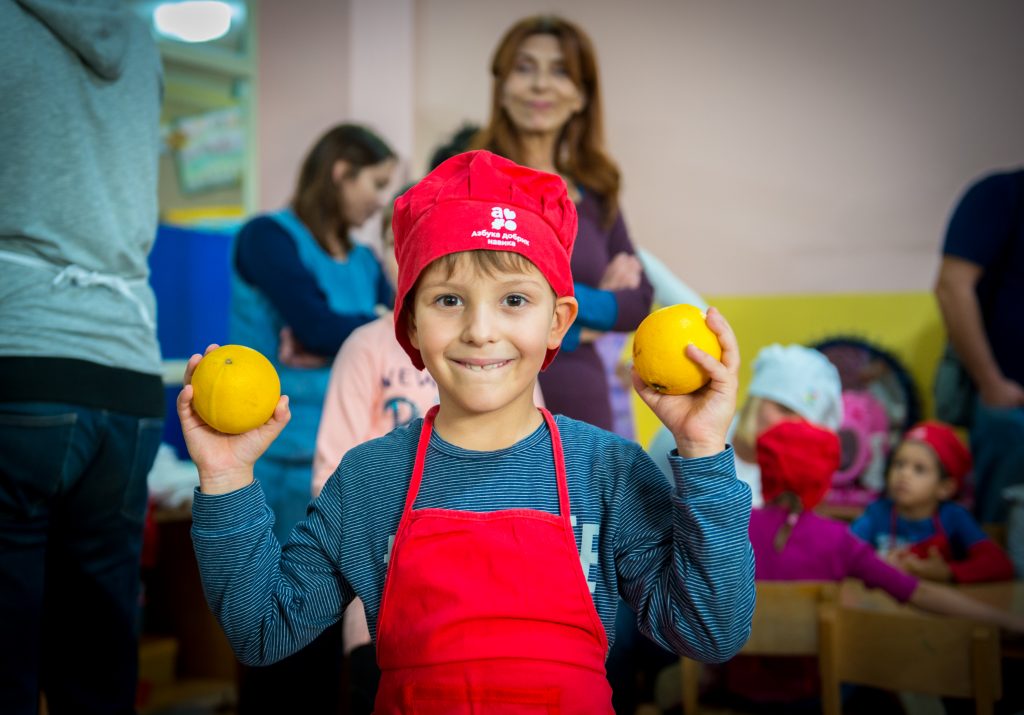Anna is obsessed with keeping her fridge full at all times. She gets extremely anxious if it gets empty. Childhood poverty is still present deep in her mind. David, who was abandoned by his parents as a young child, became an overachiever and perfectionist, trying to prove that he is good enough to be accepted, valued and not abandoned. Jenny is an organizer, a very good one. But when plans change suddenly, she loses her temper. Growing up in a country that faced war, protests, inflation, etc., she developed mistrust and every sudden change scares her. These are some obvious examples of how trauma affects us. However, trauma can be much more subtle and difficult to identify in the way we think, react, choose, make decisions and live our lives.
Trauma becomes the lens through which we see the world, others and ourselves. It can come in all shapes and sizes and from all walks of life. When you look up the types of trauma, the information overwhelms you. From nature (earthquakes, fire, flood), to society (wars, revolutions), to school (bullying), and family (abuse, neglect, violence, divorce, serious illness), etc. It seems that trauma is lurking around every corner. While not every one of those events will be traumatic and harmful in the long run, it is fair to say that:
“Nearly any event can be considered traumatic to a child if:
- It happened unexpectedly
- It happened repeatedly
- Someone was intentionally cruel
- The child was unprepared for it”
Trauma affects so many people in the world: the research of over 60.000 adults in 24 countries shows that 70% of adults report one traumatic event, while 30.5% were exposed to four or more traumatic events in their childhood.

Trauma can be much more subtle and difficult to identify.
Children are extremely vulnerable to the adverse effects of trauma.
-
Brain development
In childhood, the brain is developing rapidly forming important synaptic connections between neurons. The repeated firing of neurons will form a strong connection, while not stimulated ones will whiter away. For example, if a dog bites a child and repeats it a couple of times, the child will develop a strong fear of dogs and it will be difficult for him/her to trust even the sweetest and most benevolent dogs. If a child is denied human contact and touch, the necessary synaptic connections won’t be formed and children will have mental and emotional difficulties, as research of neglected children demonstrates.
Prolonged stress accompanying trauma has adverse effects on memory and brain executive functions. As a result, children will have learning difficulties, struggle in school, and be prone to ADHD among other things.
-
Body change
Stress hormones cortisol and adrenaline do an excellent job in the face of immediate danger. However, elevated levels for a long period (such as during exposure to trauma) damage the body and its immune system, causing many illnesses: diabetes, high blood pressure, obesity, asthma, allergies, etc.
Epigenetics’ newer research shows that the damage caused by prolonged stress goes all the way to our genes. That means that a child may have a genetic predisposition to be strong and confident, for example, but due to how trauma-related stress affects genes, they will grow into a weak and fearful adult.
-
Psycho-emotional development
All children need to have safety, stability, consistency and secure attachments to adults for normal emotional and psychological development. Trauma takes away some or sometimes all of these factors and leaves children struggling to find the anchor they need so much at a young age. Survival mechanisms kick in, bringing various coping strategies that become part of the trauma lens and persist into adulthood: victim mentality, passivity, aggressiveness, victimhood thinking, false self, etc. These strategies spread into character, attitudes, opinions and become detrimental or limiting at the very least.

It is our responsibility as parents, teachers, community members, and individuals to respond to any warning signs of trauma. We have to provide children with an optimal environment and conditions for healthy development.
-
Forming templates
Children have a limited understanding of the world, people, self and life. They still lack knowledge, experience and often language to be able to process and express what is happening to them. They interpret traumatic situations with the scarce resources they have at the moment, and based on them they create templates (mainly unhealthy ones) for functioning in the world: how to relate to the opposite sex, how to provide for family, how to play different societal roles, (in)appropriate ways to express feelings, how to get what they want, etc. One example of such a template we often see is the repeated behavioral pattern of the children of alcoholics, abusers or addicts. These templates are strongly ingrained in children’s minds and change, although possible, is quite difficult.
There are traumas that the vigilance of adults, schools, and a strong legal system can prevent. However, many are unavoidable, which is why intervention is very important.
Recent research into resilience in face of trauma, can offer helpful guidance into how to help, support and empower children who have been traumatized.
Some of the factors that seem to be common in children who manage to faster bounce back from trauma are:
- At least one strong and stable relationship with an adult from the family or community
- Support and acceptance from family, friends, school, and community
- Sense of internal control
- Belief in success in other areas of life
- Sense of life meaning and purpose
- Embracing values of hope, faith, and optimism
- Developing skills and coping mechanisms for stressful situations
Of course, timely help from professionals, such as psychologists, along with family and community support is paramount in recovery after trauma.
Some children will rise above traumatic events and use them to empower themselves. We all know people who became excellent doctors, police officers, lawyers or entrepreneurs after suffering trauma in their childhood, sometimes as a way of righting the wrongs. However, we must never mistake trauma for a good guy. Resilience the in face of trauma is simply making the best out of the terrible situation. We all need to make sure we don’t get to the terrible situation if it is preventable. It is our responsibility as parents, teachers, community members, and individuals to respond to any warning signs of trauma. We have to provide children with an optimal environment and conditions for healthy development.
About the author: Jelena Fu is an educator with extensive experience working in China in various fields of education. In addition to working in the classroom, she has designed curricula for different subjects and ages, held training for teachers and workshops for parents. She has been practicing and studying meditation for many years and wants to pass on her experience and the benefits of meditation to others. Her meditations on the Insight Timer app are very popular. She attended the TEDx Conference in Shanghai 2015 and regularly writes articles on education and parenting.


